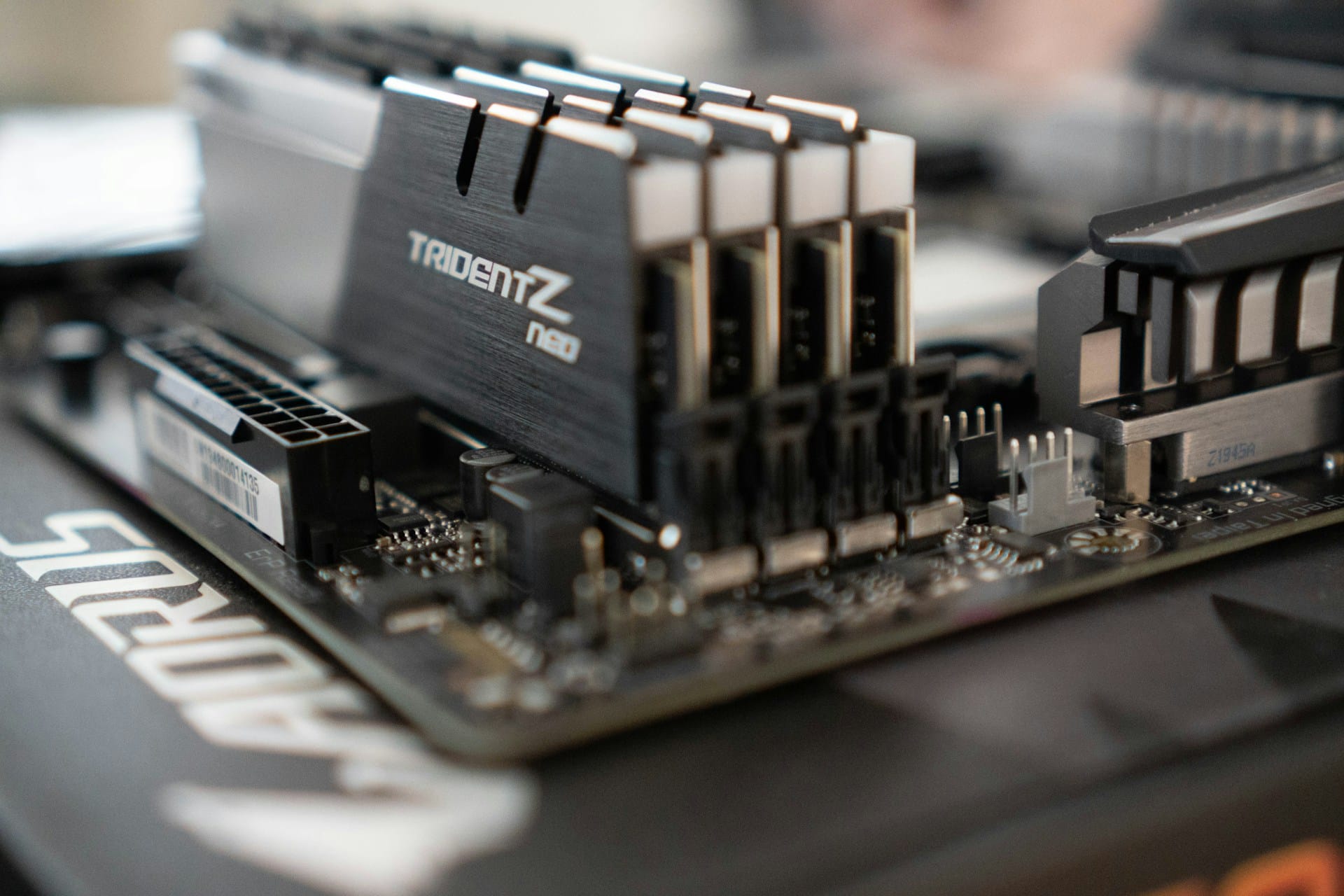The graphics card market is about to undergo a radical transformation thanks to a new memory technology that could redefine industry standards. This technology is High-Bandwidth Flash (HBF), an architecture developed by SanDisk that combines the advantages of 3D NAND memory with the high bandwidthBandwidth is the maximum transfer capacity of of HBM. With this advancement, future GPUs could achieve up to 4 TB of VRAM, a figure that dwarfs current solutions based on HBM3E.
HBF: A combination of 3D NAND and HBM for a massive leap in capacity
Over the years, the evolution of graphics memory has gone through different generations, from GDDR3 to GDDR7, progressively increasing speed but without drastic changes in capacity. In the professional segment, HBM (High Bandwidth Memory) became the standard for tasks requiring high bandwidth and energy efficiency, allowing for multiple layers of memory to be stacked in a single package. However, the advent of HBF could signify a turning point in this trend.
SanDisk has developed HBF as an architecture that integrates 3D NAND BiCS8 with an advanced logic layer, allowing simultaneous and parallel access to different memory sub-matrices. This approach enables an increase in storage capacity by 8 to even 16 times compared to traditional HBM memory.
Increased capacity comes with a challenge: latency
The greatest benefit of HBF is undoubtedly its incredible capacity. While professional GPUs like the NVIDIA GB300 Blackwell Ultra promise up to 288 GB of HBM3E memory, a GPU equipped with HBF could reach 4 TB of VRAM, an unprecedented amount in the industry.

This capacity increase is particularly relevant in the field of artificial intelligence and high-performance computing, where training increasingly complex models demands massive amounts of memory. With HBF, it would be possible to handle large-scale AI models without needing to resort to costly external storage systems or shared memory.
However, latency remains a challenge. HBF memory, being based on pSLC NAND, cannot match the speed of traditional DRAM used in HBM or GDDR. This makes its use ideal for AI inference and workloads that don’t overly depend on latency, but less optimal for applications sensitive to immediate response, like video games.
HBF: A potential open standard in the GPU market
One of SanDisk’s goals with HBF is to make this technology an open standard, allowing multiple manufacturers to adopt it as an alternative to HBM. Currently, HBM memory production is dominated by a small number of manufacturers, leading to high prices and limited availability.
If HBF can establish itself as a viable solution in the market, it could democratize access to large amounts of memory and provide a more cost-effective and scalable alternative for the AI and high-performance computing industry.
Although details about its definitive bandwidth and the actual impact of latency have yet to be revealed, the possibility of seeing graphics cards with terabytes of VRAM represents a paradigm shift that could transform how GPUs are designed and used in the future.
Conclusion: A breakthrough with high expectations
SanDisk’s HBF memory has been dubbed the “HBM Killer” due to its enormous capacity and disruptive potential. While its latency may limit certain uses, its application in artificial intelligence and other areas of advanced computing could open up new possibilities for developing more powerful and accessible hardware.
As the industry continues to evolve and AI models demand more resources, technologies like HBF could play a key role in the next generation of GPUs. It remains to be seen whether graphics card manufacturers will adopt this standard and whether it can truly compete with HBM in terms of performance and efficiency.

